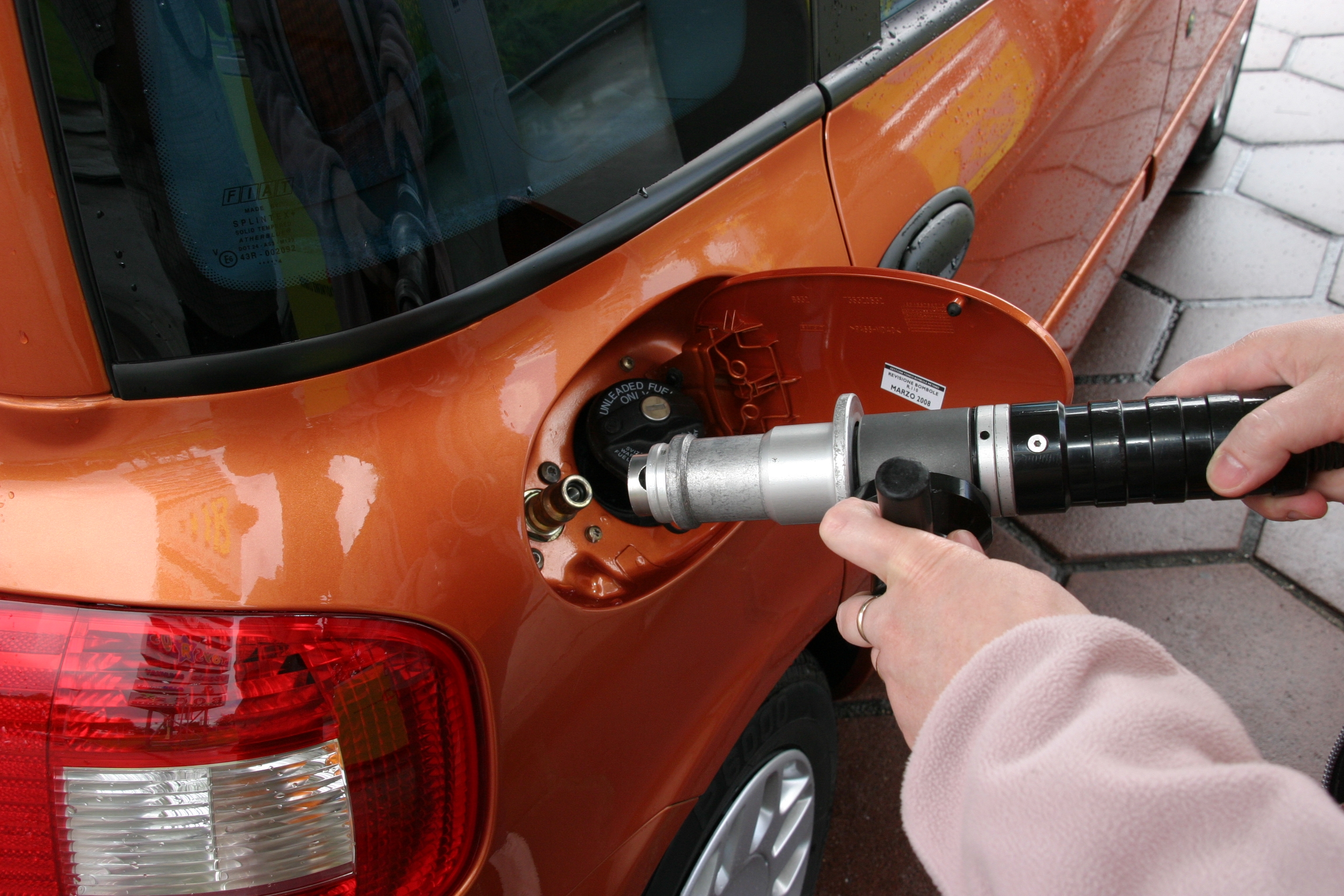Circulatory system
Image link: https://www.flickr.com/photos/121935927@N06/13579205034 or "Circulatory System." Flickr. Yahoo!, n.d. Web. 21 Oct. 2016.
Circulatory system function: The function of the circulatory system is to transport chemicals throughout your body. The cycle is it starts in your lungs where you get oxygen, then you go to the heart where the oxygen is carried to through the blood in your body, After you go through the arteries which carries blood from the heart, Later you go to the brain, Lastly you go to the veins which carries blood to the heart. Then the cycle starts all over again.
Source: https://www.nlm.nih.gov/changingthefaceofmedicine/activities/circulatory.html or "Changing the Face of Medicine | Circulation Station." U.S National Library of Medicine. U.S. National Library of Medicine, n.d. Web. 21 Oct. 2016.
Organs: The organs for the circulatory system are the heart which is like a pump to your body and is a power source to the circulatory system. Then there's your lungs which lets in oxygen to your blood and lets out the air you don't need (carbon dioxide). Then there's your veins and arteries which helps blood move throughout your body.
The hearts function: The heart is the hardest working organ/muscle in your body. If you didn't have a heart you wouldn't have oxygen or blood. You wouldn't have oxygen because when the heart pumps out blood there's some oxygen in it and the lungs take the oxygen for you to breath. The heart is like a power source for the circulatory system/cardiovascular system. The heart works closely with the lungs because when the lungs get the oxygen from the blood the lungs give oxygen to tissues in your body.
Sources: https://www.nlm.nih.gov/changingthefaceofmedicine/activities/circulatory.html or "Changing the Face of Medicine | Circulation Station." U.S National Library of Medicine. U.S. National Library of Medicine, n.d. Web. 21 Oct. 2016.
Relationship with other systems: The circulatory/cardiovascular system is involved with every system and also organ to distribute oxygen efficiently. But there are also cells in your body that need oxygen as well as fluids that the circulatory system/cardiovascular system has. These fluids are also important to the digestive system as well. There are also hormones that are created by the endocrine system which is then sent throughout your body by the circulatory/cardiovascular system.
Sources: http://www.biology4kids.com/files/systems_circulatory.html or Studios, Andrew Rader. "Circulation Is the Key." Biology4Kids.com: Animal Systems: Circulatory System. N.p., n.d. Web. 23 Oct. 2016.
Analogy picture: 

Image link: https://en.wikipedia.org/wiki/Natural_gas_vehicle
Analogy explantation: The gas in a car is like the circulatory system because the gas is like the blood in your body and the engine is like your heart. The gas pumps through the car to make it move and the blood in your body helps you breath so you can move. The engine in a car is like your heart because it starts the car and your heart pumps blood for you. Then there are pipes in the car which carries the gas which is also like your arteries and veins. The arteries and veins carry the blood in your body just like the pipes in the car carries the gas through the car.
Redesign: If I could redesign the circulatory system it would be for it to have more protection against diseases and from bruises on your body. I would do this because even though the skeletal system is strong if you break your bones in a car crash you might survive if the circulatory system was stronger. Then if the circulatory system was strong against diseases we would be able to survive longer if we somehow got stranded somewhere.

No comments:
Post a Comment